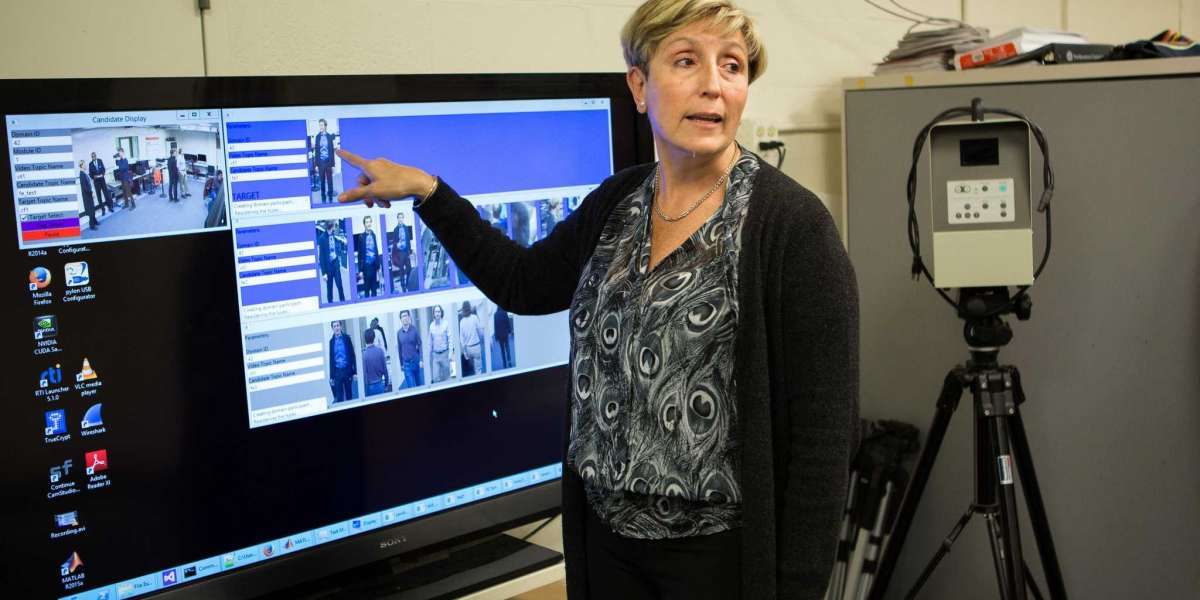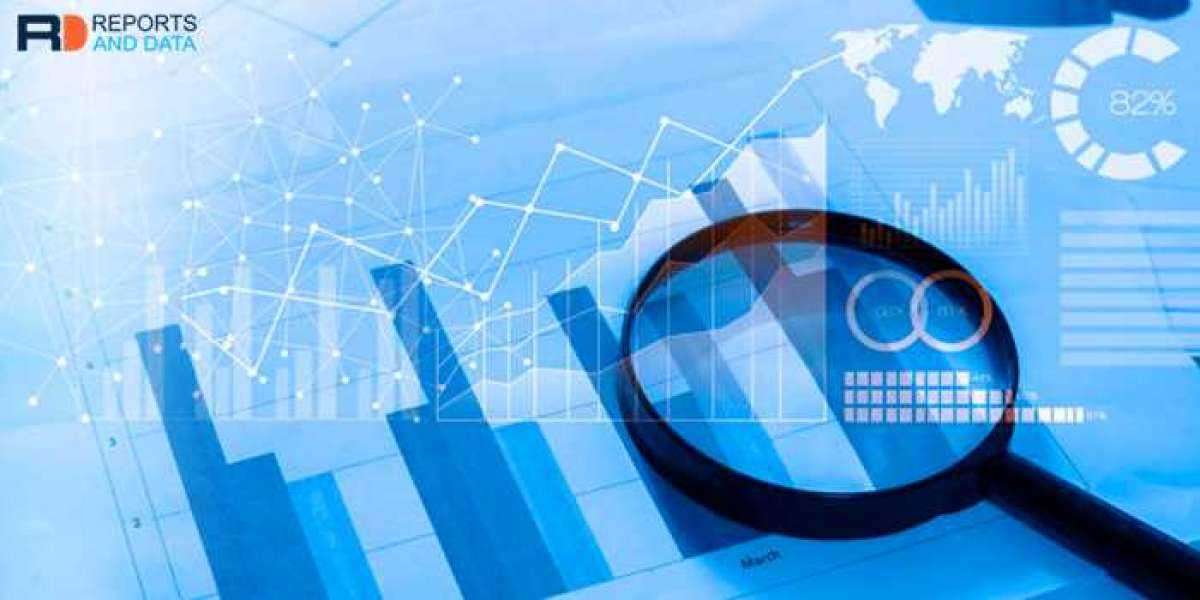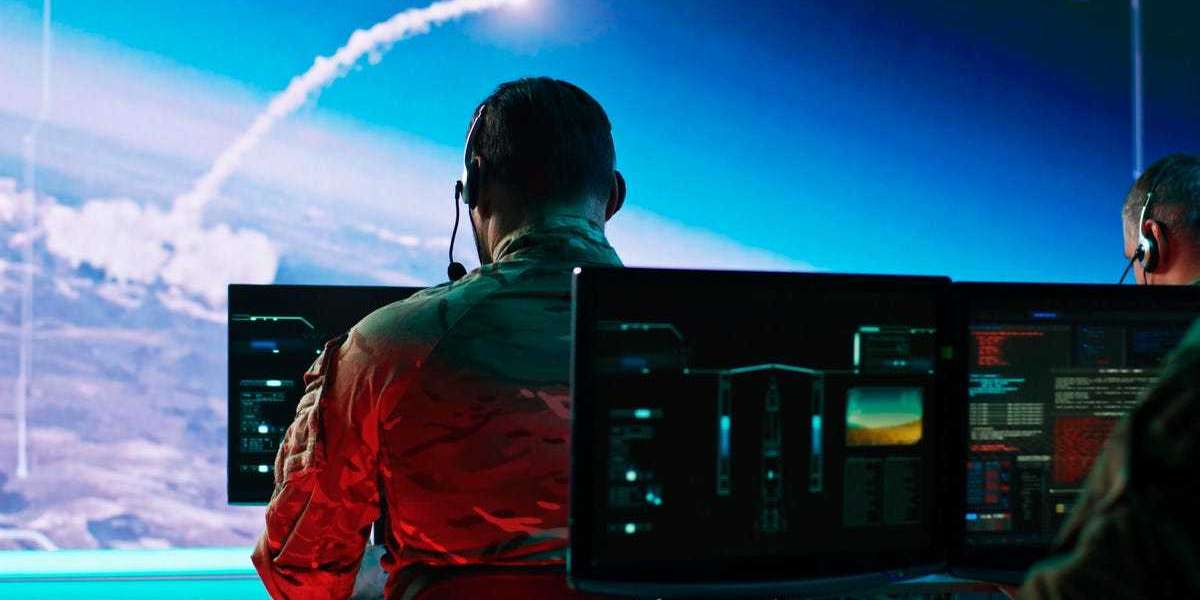Advanced technologies have revolutionized airport security over the years, making it easier to detect potential threats and ensure the safety of passengers and staff. However, these technologies also pose a number of challenges, which airport security personnel must address to ensure the effectiveness of their security measures.
One of the primary challenges of using advanced technologies in airport security is the cost. Installing and maintaining sophisticated security equipment requires significant financial resources, which can be a burden for many airports, especially smaller ones. This is why some airports are still relying on outdated security systems that may not be as effective in detecting threats.
Another challenge is the need for highly trained personnel to operate and maintain the advanced security equipment. While the equipment itself may be highly sophisticated, it is only as effective as the people who operate it. This requires airport security staff to have specialized training in the use of these technologies, which can be costly and time-consuming.
Another challenge is ensuring the accuracy and reliability of the equipment. No technology is perfect, and there is always a risk of false alarms or missed threats. In addition, some advanced technologies may be prone to malfunction or require frequent calibration. This is why regular testing and maintenance of security equipment is essential to ensure that it is working as intended.
Privacy concerns are also a significant challenge when it comes to airport security and advanced technologies. Some of these technologies, such as full-body scanners or facial recognition systems, may raise concerns about privacy and civil liberties. This is why it is essential for airport security personnel to ensure that any information collected through these systems is used only for security purposes and is not shared with third parties.
Finally, there is the challenge of ensuring that the use of advanced technologies in airport security does not lead to profiling or discrimination. This can be especially challenging when using technologies that rely on factors such as race, ethnicity, or religion to identify potential threats. Airport security personnel must ensure that they are using these technologies in a fair and non-discriminatory manner.
In conclusion, advanced technologies have the potential to improve airport security and enhance the safety of passengers and staff. However, their use also poses a number of challenges, including cost, the need for highly trained personnel, the need for accurate and reliable equipment, privacy concerns, and the risk of profiling and discrimination. Addressing these challenges is essential to ensure that airport security measures are effective and meet the highest standards of safety, security, and privacy.




Esther Chikwendu 4 w
Interesting